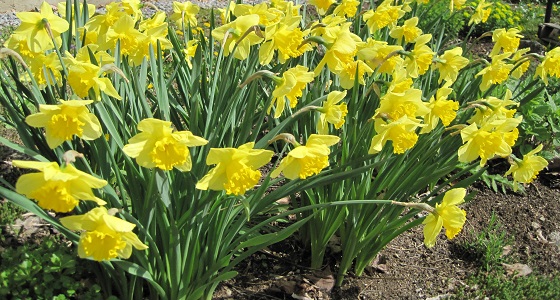Planting by Nature’s Signs
For centuries, gardeners took their cues for planting times from nature—a technique called phenology. See how seasonal signs can tell you which chores to do in the garden!
Phenology: Following Nature’s Signs
Phenology in the garden boils down to observing nature—from bud burst to bird migration—and then letting nature’s timing help you understand when to plant.
Since average frost dates change every year in practice, observing the plant and animal activity can be very helpful.
While not totally foolproof, following nature’s clock helps us tune in to the rhythm of life around us.
For example, observe the connection between “firsts” and what’s happening in the yard and garden:
- First bud (of various plants)
- First bloom (of various plants)
- First animal migration
- First appearance of different insects
- First emergence of hibernating animals
- First amphibian (like spring peepers)
Trees, shrubs, and flowers are sensitive to temperature and day length, and develop on a regular schedule based on local conditions. Other natural phenomena, such as bird migrations and the emergence of insects and amphibians, also signify the coming of spring. It only makes sense to use these events as indicators of when the weather is right for planting.
Observations made over many years have led to some fairly reliable conclusions, such as those listed below.
Phenology in the Garden
Nature’s “signs” are different in every region; however, you should still relate to these examples:

- Look for dandelions to bloom before planting potatoes.
- Perennial flowers can be planted when the maple trees begin to leaf out.
- When quince is blossoming, transplant cabbage and broccoli.

What are the seasonal cues where you live?
Learn More
Also, learn about the age-old art of Companion Planting.
See our Planting Calendar to find the best times to plant seeds—based on frost dates.
